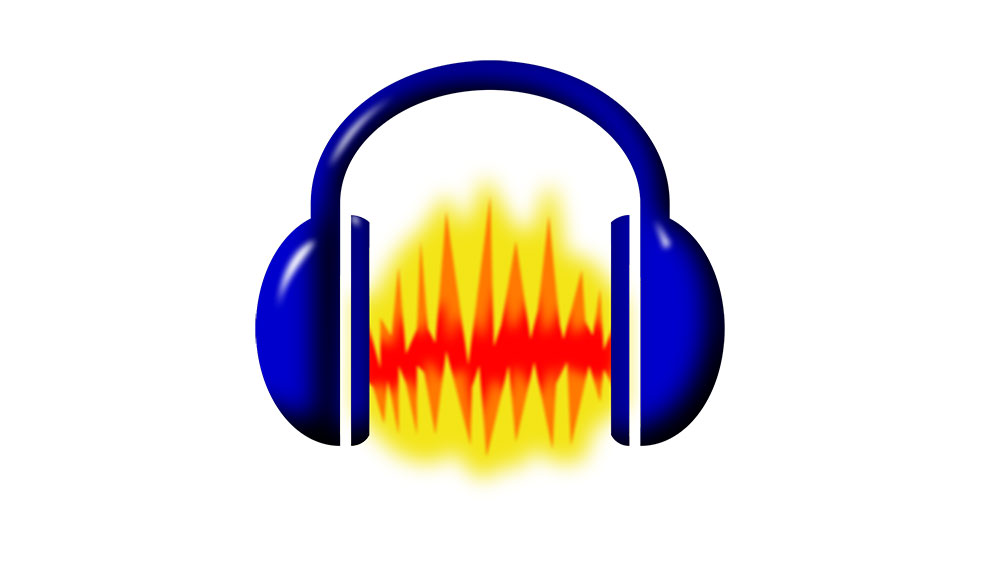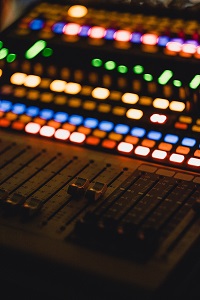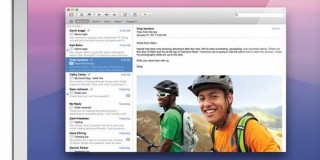How to Add an Echo in Audacity

If you have any experience with audio editing, you have probably heard of Audacity. It is one of the best free audio editing software, and it works on several platforms (Linux, macOS, Windows).
In case you’ve just begun using Audacity, or you are not entirely sure how everything works, you might have the following question. How to add echo? You are in the right place. Keep reading, and you will find out how to do it.
You can add this effect using Audacity on any platform, but in our example, we will be using Windows 10.
Getting Started
First things first, you’ll need to download Audacity on your computer. Follow the provided link and click on the appropriate download option for your platform. Note that Audacity has dropped the support for Windows XP, but it still supports Windows 7, 8, and 10.
They still haven’t added a version for macOS Catalina (10.15.). If you have an older operating system, visit one of the legacy download pages for Mac or Windows.
When you have successfully downloaded and installed Audacity on your machine, there’s only one thing left to do. Prepare the audio file you want to edit. Make sure to have it ready on your computer, as you will need to upload it directly from your storage.
You can’t import it from external sources or websites.

How to Add Echo
Although these instructions are for Windows computers, the Echo effect works the same on other platforms as well. Audacity is pretty easy to use, and it has an intuitive UI despite its great, in-depth editing features.
Follow the steps to add echo in Audacity:
- Open Audacity on your computer.
- Click on the File tab in the top-left corner of your screen.
- Click on Import and then select Audio from the dropdown menu. You can also press the CTRL + Shift + I on the keyboard if you are on Windows.
- When the file loads, select the time stamps for the part of the track where you want to add the echo effect.
- Next, click on the Effect tab at the top-left corner of the screen.
- Select Echo from the dropdown menu.
- Choose the Delay time for the effect (in seconds) and the decay factor (at 1, there is no decay). The default 0.5 decay factor works well. Don’t worry; the volume will remain unchanged even with the echo effect.
- Finally, click on Preview to listen to the changes you’ve made and see if you are satisfied. When you get the echo effect you wanted, press OK to save the changes.
You can create an audio loop if you set the decay factor to 1. Feel free to experiment with the echo settings and have fun.
How to Add Delay
Although adding echo is cool, you might want some additional effects. Delay is a neat effect too. Once you have imported the audio file, go to Effects once again and choose Delay. There are three types of delay.
First, there is a fixed delay option. The bouncing ball is a somewhat unusual option, as the delay becomes quicker in time. Finally, the reverse bouncing ball starts quickly, and slows down with time, with periodic delay increase.
The decay amount is, in fact, the volume in decibels. The time of the delay is the set time between delays. You can also set the pitch change per echo to positive or negative. When it is negative, it goes down with each repetition and vice-versa.
The delay effect plays well with echo, and these two sound fantastic when combined. Countless blues, pop, and rock guitarists can attest.
How to Add Reverb
Reverb is one of the essential effects you can add in Audacity. It is a bit more complicated, as there are many types available. Your best bet is to experiment on your own to get a feel for it. You can find it under the Effects tab when you add an audio track in Audacity.
There are many settings for the reverb effect, including the room size and type, which increases the depth as you go bigger. Other parameters include reverb time, damping, input bandwidth, dry signal level, early reflection level, and tail level.
Getting the reverb effect right in Audacity will give your track a smoother, more refined sound. It takes time and practice to nail this one, so be patient.

Echo Echo Echo
Echoes are a peculiar thing. You can hear them in caves and large halls, but they are also often used in music. Delay and reverb are also among the crow favorites.
You can use the advice we gave you to practice and play with these effects in Audacity. However, we can’t help you master them. That is up to you. Feel free to experiment and be creative.
What sort of music are you editing in Audacity? Do you create it yourself, or you borrow from other artists? Let us know in the comments below.















